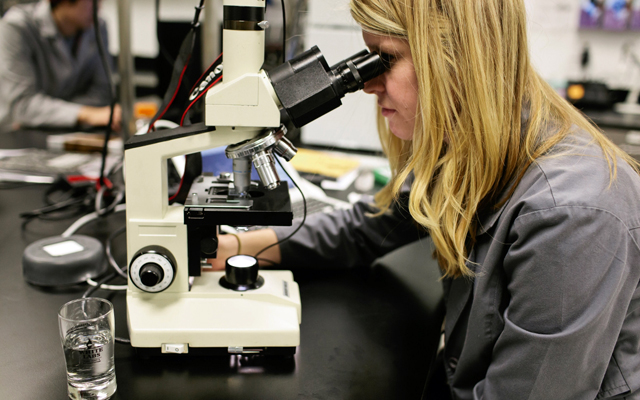
A collaboration yeast research project among San Diego-based White Labs yeast company, American bio-tech companies and Belgian scientists led to a wealth of knowledge that will help craft brewers in many aspects.
“I am really excited about the idea of further analyzing from new, different approaches,” said White Labs Head of Research and Development Troels Prahl. “We believe this data houses a lot of information for other breweries and industries. If a brewer has a problem with a certain off-flavor and they want to explore this, this data has a new way to open the door to explore those problems by looking at a very thorough data set.”
A study on the genetics of brewers yeast was published in September 2016 in the scientific journal Cell.
The study found evidence to prove there are two groups of Saccharomyces cerevisiae strains used for commercial brewing and that one of these groups has been heavily domesticated by brewers to specifically work in a brewing environment.
Findings showed yeast domestication is something that has been occurring since the 16th century, even well before brewers understood that yeast existed.
The study began in 2012 and scientists from VIB, a life sciences research institute based in Flanders, Belgium, joined in 2013. The study started out with hardly any genetic knowledge of the yeast strains handled every day.
“We dove in and explored the genomes and quickly discovered some leads that were helping us define the next hypothesis,” Prahl explained. “For example we started to find outliers where strains that we knew performed very similarly in fermentation would show different genetic patterns which led the way for digging deeper or exploring a specific phenotype trait.”
There was years and years of research with no original master plan back then, he added.
“It was very explorative. We want to characterize a lot of the parameters that were related to brewing and then we wanted to overlay that with this full genome and see what correlations came,” Prahl said. “But we didn’t get into it to explore any certain angle or specific strain. We just wanted to mine the data to see where to focus first.”
The work has opened the door for limitless more research and Prahl feels there are many ways the information can be used.
“Flocculation or a certain ester that is produced … now we have a database to search for these specific traits and we can see what strains have them and are more likely to act in a certain way,” he said. “We have the whole phenotype characterization for yeast strains… and it’s very quantifiable. We can see that Strain A can produce four times of a certain amount of a fruity aroma compared to Strain B where before it was much more empirical and less founded in data.”
The next step would be to refine how the data is browsed through a shared interface that those involved find appropriate with customers and the industry.
“Ultimately, we would like to make this data accessible to brewers and scientists for exploring it in the sense of an applied perspective,” Prahl said.
San Diego-based Synthetic Genomics has a platform called Archetype, which houses all the data right now, which includes the yeast genetic info, fermentation trials and all the data points.
“Apps like that can have different levels of scientific understanding, users can explore it on the level that makes sense and is most relevant to them,” Prahl said, indicating that brewers and QC/QA scientists can both use the info on their own level of knowledge to help better a beer.
“We are trying to make different user levels where they can pull information and implement based on the user,” Prahl said. “From basic “hey, I want more banana” to very deep genetic or bio-systematic studies. This tool can do everything, it’s just a matter of the interface with the user.”
Prahl called the information “fun” because there is a whole new basis and approach to developing new strains or to exposing certain strains to various and specific conditions, where before it was a lot of trial and error.
“It’s laying a foundation that can help do new things that have not been done before in terms of optimizing or modifying brewing strains,” he said.
He did note that it’s a hard subject but it’s important that the study was written about in the right ways because it was never in the scope of the program to genetically engineer anything or to modify these organisms.
“It was an explorative attempt to learn more about the yeast strains we sell and talk about every day,” Prahl said. “Of course, we aren’t ignoring the advances in genetics and the possibilities of potentially manipulating in the future with a target approach in mind. That was never the goal, but we are open to exploring it if there is a cause justifying it. We are scientists, we aren’t afraid of new technologies.”


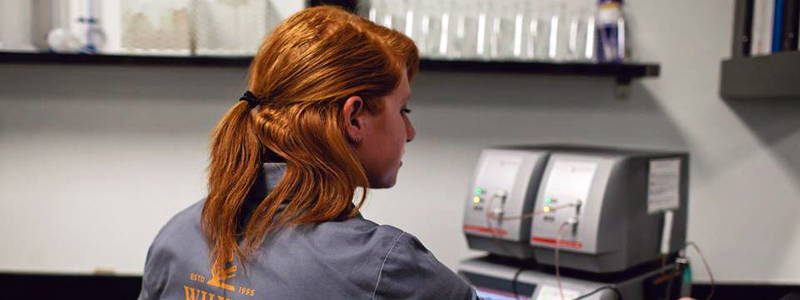

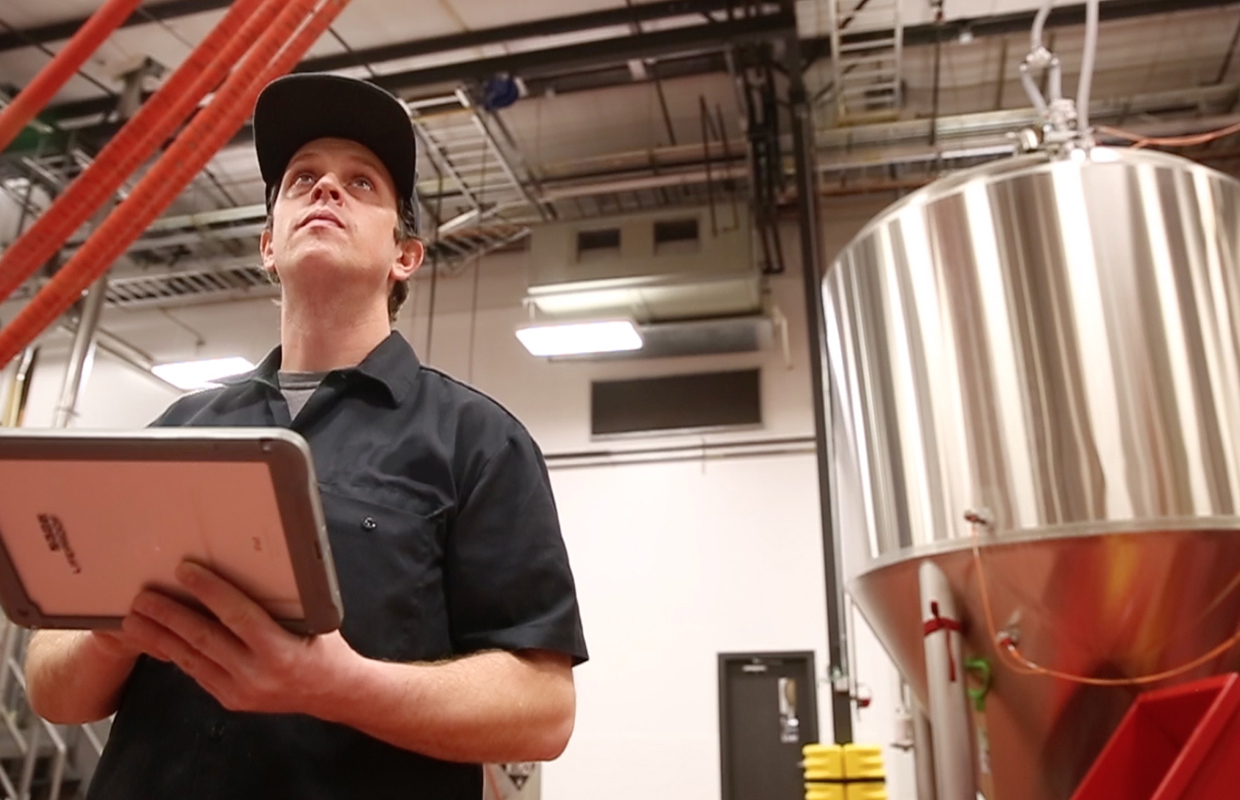
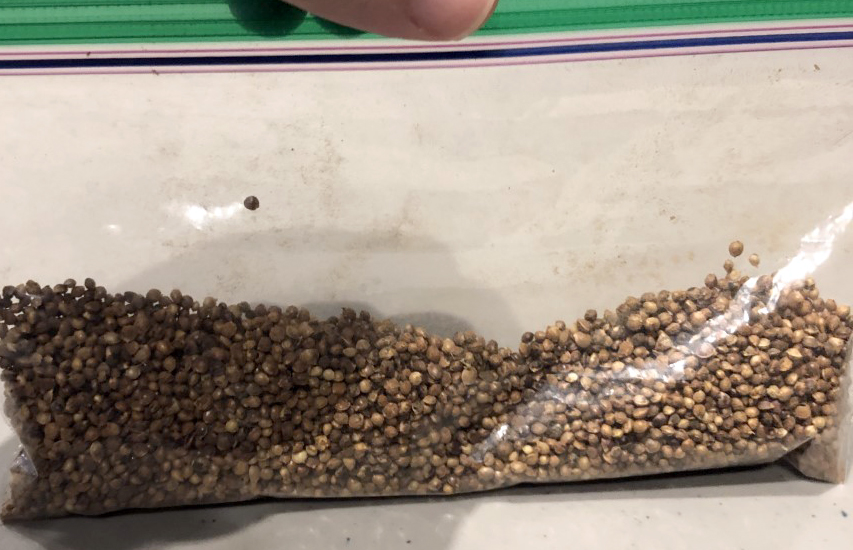
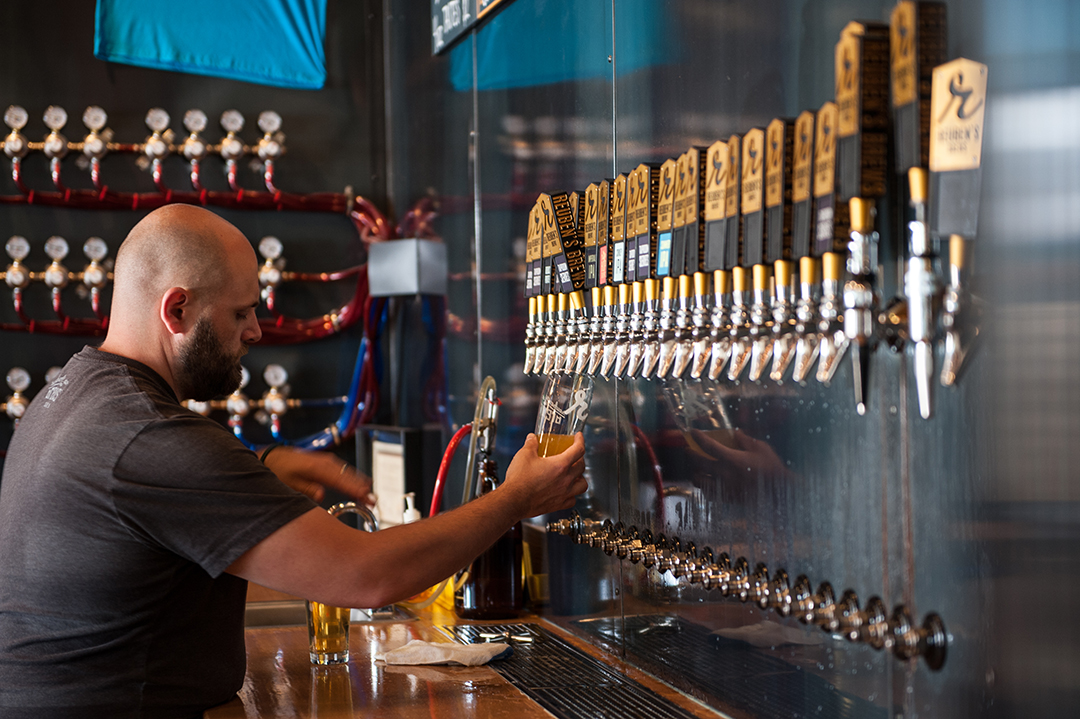
Be the first to comment